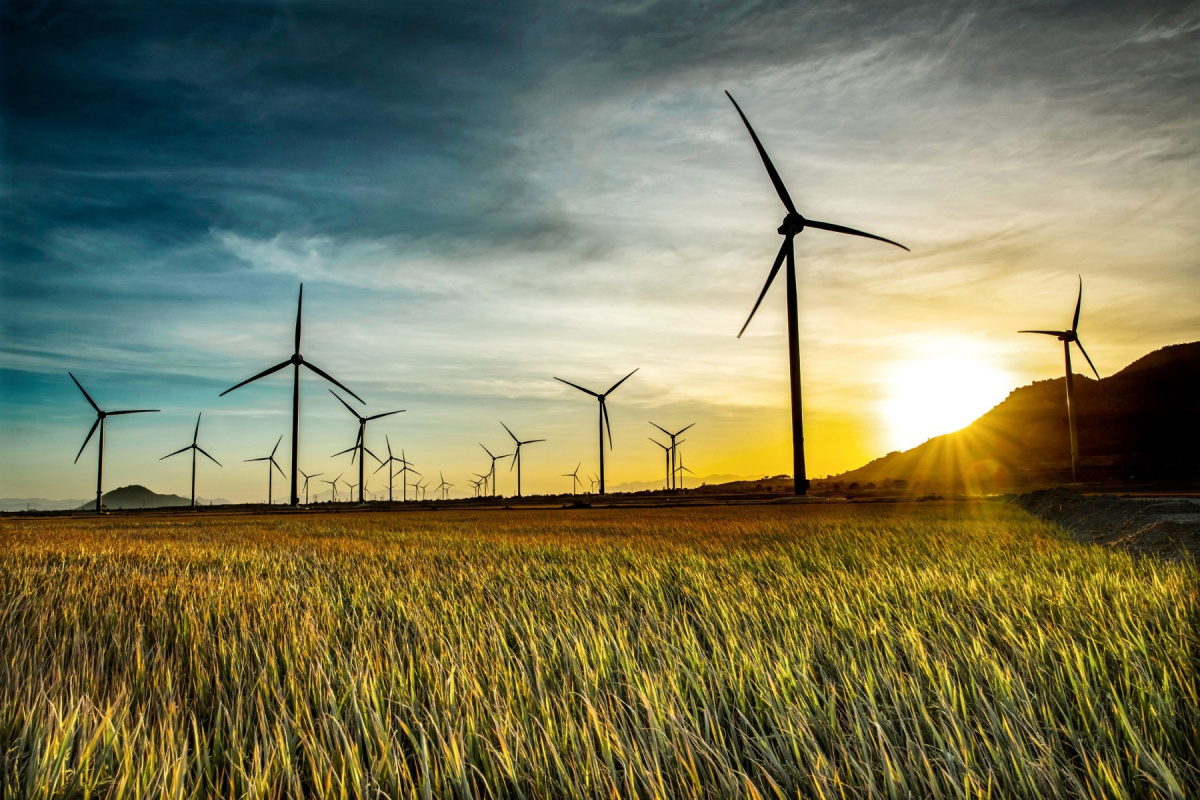Climate change vulnerability assessment: Rice farming communities in Viet Nam at risk
Recent climate change vulnerability assessments conducted in wetland sites in Viet Nam as a component of IUCN’s Mekong WET project highlighted that rice farming, the main income of wetland communities, will be affected by changes in rainfall patterns and rising sea level in the low-elevation delta.

Photo: ©IUCN
The vulnerability assessments focused on three wetlands in the Lower Mekong Delta: Lang Sen Wetland Reserve, Phu My Species and Habitat Conservation Area, and U Minh Thuong National Park. Projected climate change impacts for the area include a mean air temperature increase ranging from 1.9 to 3.4°C. Other impacts include increased rain during rainy season and droughts during dry season, with expected sea level rise from 55 to 75 centimetres by the end of the century.
The projections were used to determine the vulnerability of various species, habitats and livelihoods to future climate changes.
In Lang Sen, sea level rise, drought and sedimentation will increase the future vulnerability of seasonally flooded grasslands and culturally important lotus swamps. Phu My’s seasonally flooded grasslands are also highly vulnerable, along with the dominant Melaleuca shrubs in the area. In the future, climate change will likely affect peat swamp forests and open swamps in U Minh Thuong National Park. Drought and high temperatures increase the risk of peat fires that can rapidly destroy the forest.
The assessment also focused on the vulnerability of species, ranging from economically important species to endangered, endemic or keystone species, at each site. In Lang Sen, the Siamese mud carp (Henicorhynchus siamensis) is the most vulnerable to climate change, while in Phu My, the most vulnerable is the sarus crane (Grus antigone sharpii). Six wetland species were selected for species assessment in U Minh Thuong, and pangolin (Manis javanica) is found to be the most susceptible to changes in climate. Following pangolin, the large fruit bat (Pteropus vampyrus), and hairy-nosed otter (Lutra sumatrana) are highly vulnerable.
As part of the assessment, IUCN asked community members in the areas surrounding the wetlands to recount wetland resources used and recent climatic variation. In all three wetland sites, rice farming is an important source of income. Participants reported that droughts, high temperatures and floods threaten crop production. Villagers also heavily rely on wetland resources, including wild fish, Melaleuca trees, and wild vegetables and herbs, which will also be affected by future changes in temperature and rainfall.
In the next phase of the Mekong WET project, the results of the vulnerability assessments will be used to develop adaptation plans for each site. The plans will focus on ecological restoration to harness the benefits of wetlands for the people and wildlife that depend on them.
To learn more about the assessment results, view the Climate Change Vulnerability Assessment Summary Reports for Lang Sen Wetland Reserve, U Minh Thuong National Park, and Phu My Species and Habitat Conservation Area.
The full reports of the vulnerability assessment studies can be viewed here: Lang Sen Wetland Reserve, U Minh Thuong National Park and Phu My Species and Habitat Conservation Area.
______________________
Funded by the International Climate Initiative (IKI) of the German Federal Ministry for the Environment, Nature Conservation, Building and Nuclear Safety (BMUB), and to be implemented until 2020, the “Mekong WET: Building Resilience of Wetlands in the Lower Mekong Region” project aims to build climate resilience by harnessing the benefits of wetlands in Cambodia, Lao PDR, Thailand, and Viet Nam. Mekong WET will help these countries to address their commitments to the Ramsar Convention, an international treaty for the conservation and sustainable use of wetlands, and to achieve the Aichi Biodiversity Targets. The project is also supporting the IBRRI and the implementation of the IBRRI strategic plan 2019-2024.



